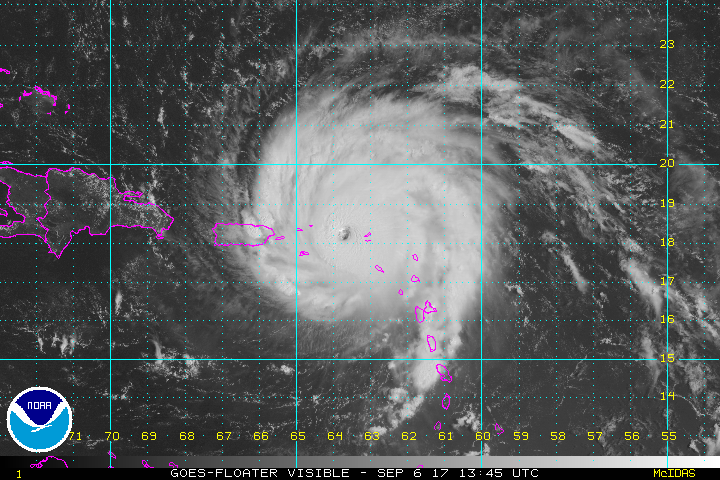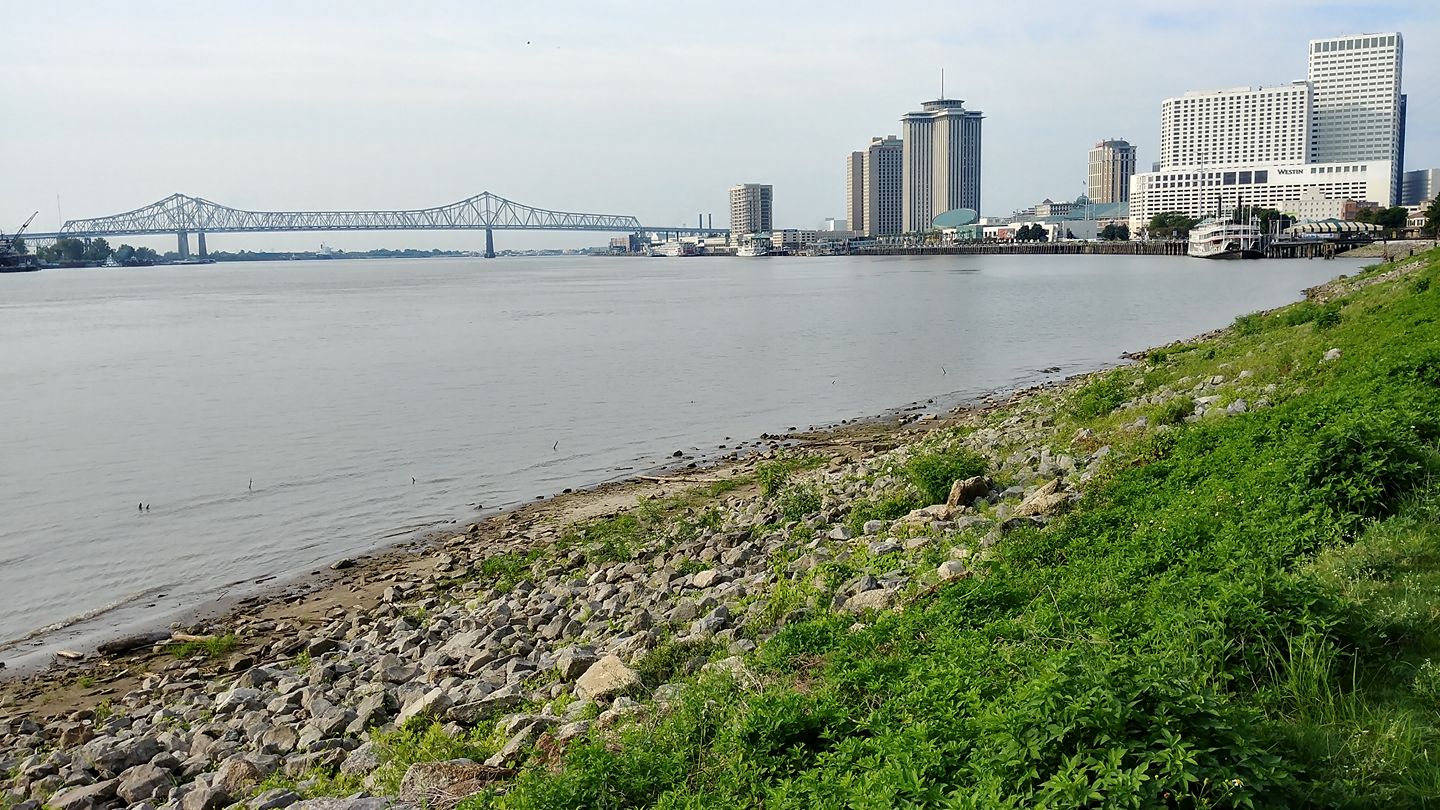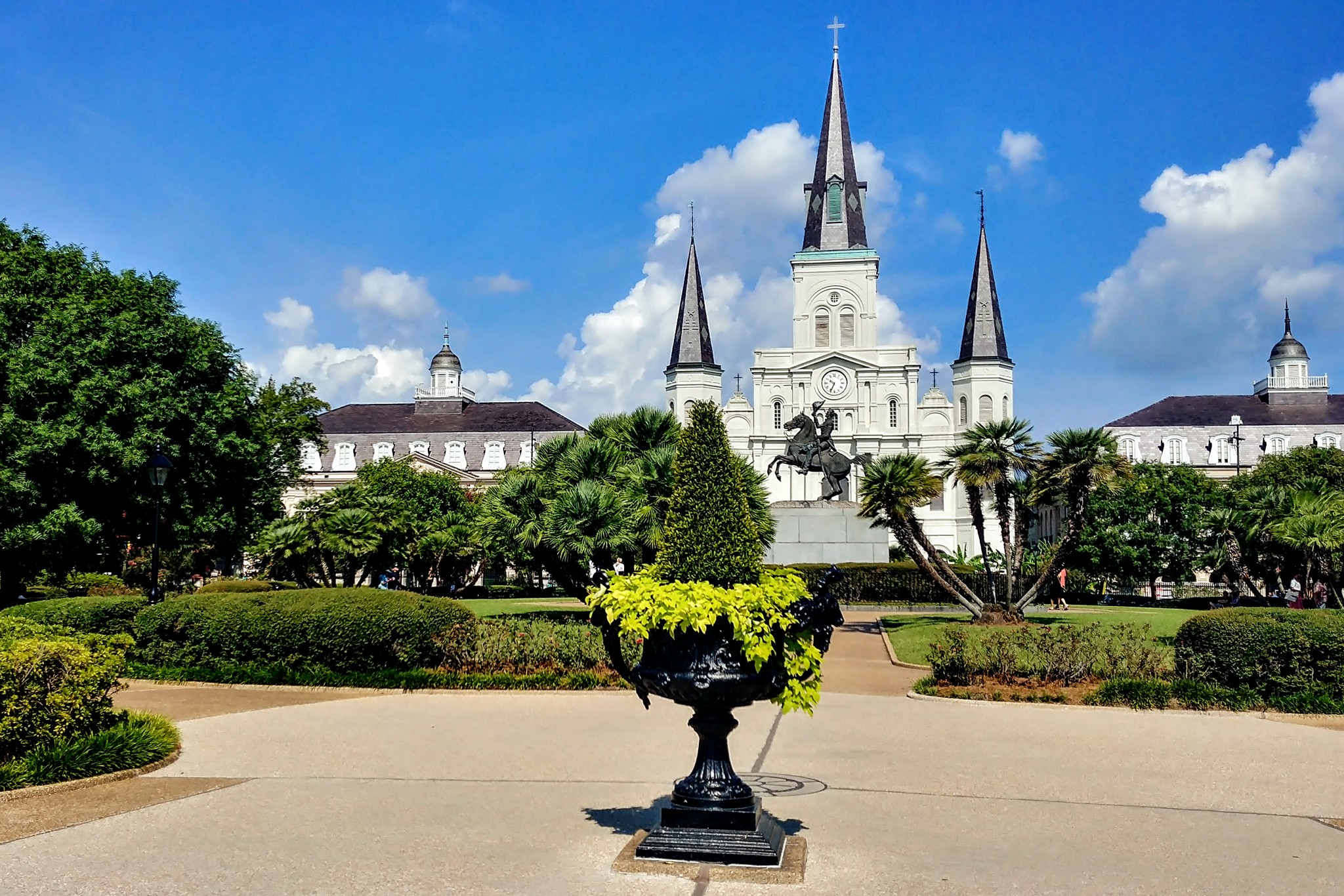I'm on the Board of Directors for the Apollo Chorus of Chicago, and information technology is my portfolio. Under that aegis, I'm in the process of taking all of our donor and membership spreadsheets and stuffing them into a new Neon CRM setup.
So far, it's going well, and it's going to make the organization a lot more effective at managing membership, events, and donations.
That said, in the last 24 hours I've logged five bug reports, including one of the most frustrating user experience (UX) bugs possible: a broken back button. This UX failure is so well-known and so irritating that we were talking about it when I started developing Web apps in the late 1990s. Jakob Nielsen called it the #1 web design mistake...of 1999:
The Back button is the lifeline of the web user and the second-most-used navigation feature (after following hypertext links). Users happily know that they can try anything on the web and always be saved by a click or two on Back to return them to familiar territory.
Except, of course, for those sites that break Back by committing one of these design sins:
- opening a new browser window (see mistake #2)
- using an immediate redirect: every time the user clicks Back, the browser returns to a page that bounces the user forward to the undesired location
- prevents caching such that the Back navigation requires a fresh trip to the server; all hypertext navigation should be sub-second and this goes double for backtracking
Neon, however, has made some alternative design choices, and even has a FAQ explaining how they've broken the rules.
Seriously, guys. It's a good product, but wow, is that irritating.
I've visited St Martin/Sint Maarten twice, once in 2009 and again in 2014. It's unclear when I or anyone will spend a vacation there in future, because this morning the strongest hurricane ever recorded in the Atlantic smashed directly into the island.
At 8:43 AST, the Guardian posted these videos.
Twitter user Kurt Siegelin posted this video at 9:12 AST.
As of 9:30 AST,
French Interior Minister Gerard Collomb also said that government buildings on the island of Saint Martin - the most sturdy built there - had been destroyed.
“We know that the four most solid buildings on the island have been destroyed which means that more rustic structures have probably been completely or partially destroyed,” he told reporters.
Meanwhile, Puerto Rico is bracing for impact as most models forecast the eye to pass just north of San Juan:
This is the first Category-5 storm to hit Puerto Rico since 1928, and is significantly more powerful.
The forecast track puts the storm in South Florida on Sunday.
Meanwhile, Tropical Storm Jose is right behind Irma, but forecast to pass northeast of the Windward Islands over the weekend. And Tropical Storm Katia is about to blow across southern Mexico.
I'll be following all three closely this week.
A new paper in the journal Theoretical and Applied Climatology tries to replicate the most-referenced papers in the 3% minority that find alternate explanations for human-caused global warming. Turns out, the deniers are still looking for their Galileo:
This new study was authored by Rasmus Benestad, myself (Dana Nuccitelli), Stephan Lewandowsky, Katharine Hayhoe, Hans Olav Hygen, Rob van Dorland, and John Cook. Benestad (who did the lion’s share of the work for this paper) created a tool using the R programming language to replicate the results and methods used in a number of frequently-referenced research papers that reject the expert consensus on human-caused global warming. In using this tool, we discovered some common themes among the contrarian research papers.
Cherry picking was the most common characteristic they shared. We found that many contrarian research papers omitted important contextual information or ignored key data that did not fit the research conclusions.
We found that the ‘curve fitting’ approach also used in the Humlum paper is another common theme in contrarian climate research. ‘Curve fitting’ describes taking several different variables, usually with regular cycles, and stretching them out until the combination fits a given curve (in this case, temperature data). It’s a practice I discuss in my book, about which mathematician John von Neumann once said, "With four parameters I can fit an elephant, and with five I can make him wiggle his trunk."
This represents just a small sampling of the contrarian studies and flawed methodologies that we identified in our paper; we examined 38 papers in all. As we note, the same replication approach could be applied to papers that are consistent with the expert consensus on human-caused global warming, and undoubtedly some methodological errors would be uncovered. However, these types of flaws were the norm, not the exception, among the contrarian papers that we examined.
You can count the insurance industry among the groups that believe the science is settled. Insurers appear to have started looking at climate change as an inevitability, not a risk, which changes their models radically:
[F]lood insurance was not a lucrative business to begin with. Congress set up the National Flood Insurance Program in 1968 as it became clear that private companies couldn’t profitably provide coverage. Now, nearly half a century later, the program is—ahem—under water by $24.6 billion. As a result, there’s a push to move flood insurance toward the private market. That could mean less building in flood-prone areas, as they become effectively uninsurable thanks to sky-high rates. Says Morningstar’s Brett Horn: “Frankly, that’s not a bad outcome.”
Meanwhile, the second major hurricane of the season is heading for Florida...
Today is my birthday, which makes this year's Beloit College Mindset List even harder to read:
Students heading into their first year of college this year are mostly 18 and were born in 1999.
2. They are the last class to be born in the 1900s, the last of the Millennials -- enter next year, on cue, Generation Z!
11. The Panama Canal has always belonged to Panama and Macau has been part of China.
12. It is doubtful that they have ever used or heard the high-pitched whine of a dial-up modem.
16. They are the first generation to grow up with Watson outperforming Sherlock.
25. By the time they entered school, laptops were outselling desktops.
38. They have only seen a Checker Cab in a museum.
47. The BBC has always had a network in the U.S. where they speak American.
59. Bill Clinton has always been Hillary Clinton’s aging husband.
Ouch.
I'll just levee where I foundee.

Jackson Square, New Orleans, where it's currently 32°C:

Yesterday I posted a photo of the hotel I'm staying in. Apparently it caught my eye on my first trip to New Orleans, in December 2003:

Also, I didn't really take a lot of photos on the 2003 trip, presumably because the camera (a 1.8 Megapixel Nikon E2100) had limited storage.
I'm taking a couple of days to shadow some friends in New Orleans. It's a nice end to summer: while Chicago already feels like early autumn, here it'll get up to 32°C in a couple of hours.
My hotel is historic, and really cute:

Updates as events warrant. Brunch first.
Eleven years ago today, Parker came home with me:

He's still a brat about photos. This is from earlier this afternoon:

Ten years ago I wrote about my first year with him. It's all still true.
A 1990s study by New York City showed that in-sink garbage disposals punch above their weight in environmental benefits. So why are they so rare in the city? Misconceptions, apparently:
The city installed more than 200 of the devices in select city apartments for a 21-month trial run; they then compared apartment units that had disposers with disposer-less units in the same building. Careful analyses from this study and others formed the basis of DEP’s report: the projected impact of citywide disposal legalization was minimal, and the Department estimated a $4 million savings in solid waste export costs.
Waste disposal is a thorny problem even in small towns, but for New York City, the trash pile continues to mount: The Department of Sanitation handles nearly 10,000 tons per day of waste generated by residents and nonprofit corporations, and the cost of disposal in Manhattan has grown from $300 million in 2005 to about $400 million today. Commercial establishments are serviced by private carting firms who also collect about 10,000 tons per day. All of that trash must be transported to landfills—often hundreds of miles outside the city—where it is converted into methane gas.
[L]andlords may still be reluctant to install the fixtures because of first-time installation costs (which can exceed $600), concerns about maintenance, or because they simply aren’t aware disposers are permitted to begin with. Perhaps the greatest block to in-sink disposal adoption, however, are our own misconceptions about them. Water and electricity use are minimal (according to InSinkerator, disposers account for less than 1 percent of a household’s daily water usage, and the total energy cost is about $0.50 per year); the devices don’t require much maintenance and often last a decade or more; clogged pipes are rare because scraps are entirely pulverized; almost everything can go down the disposer (veggies, fruit, meat, pizza), and newer models are nearly silent (and not deadly).
They also help your kitchen garbage smell better. But that's nothing compared to recapturing millions of tons of methane.